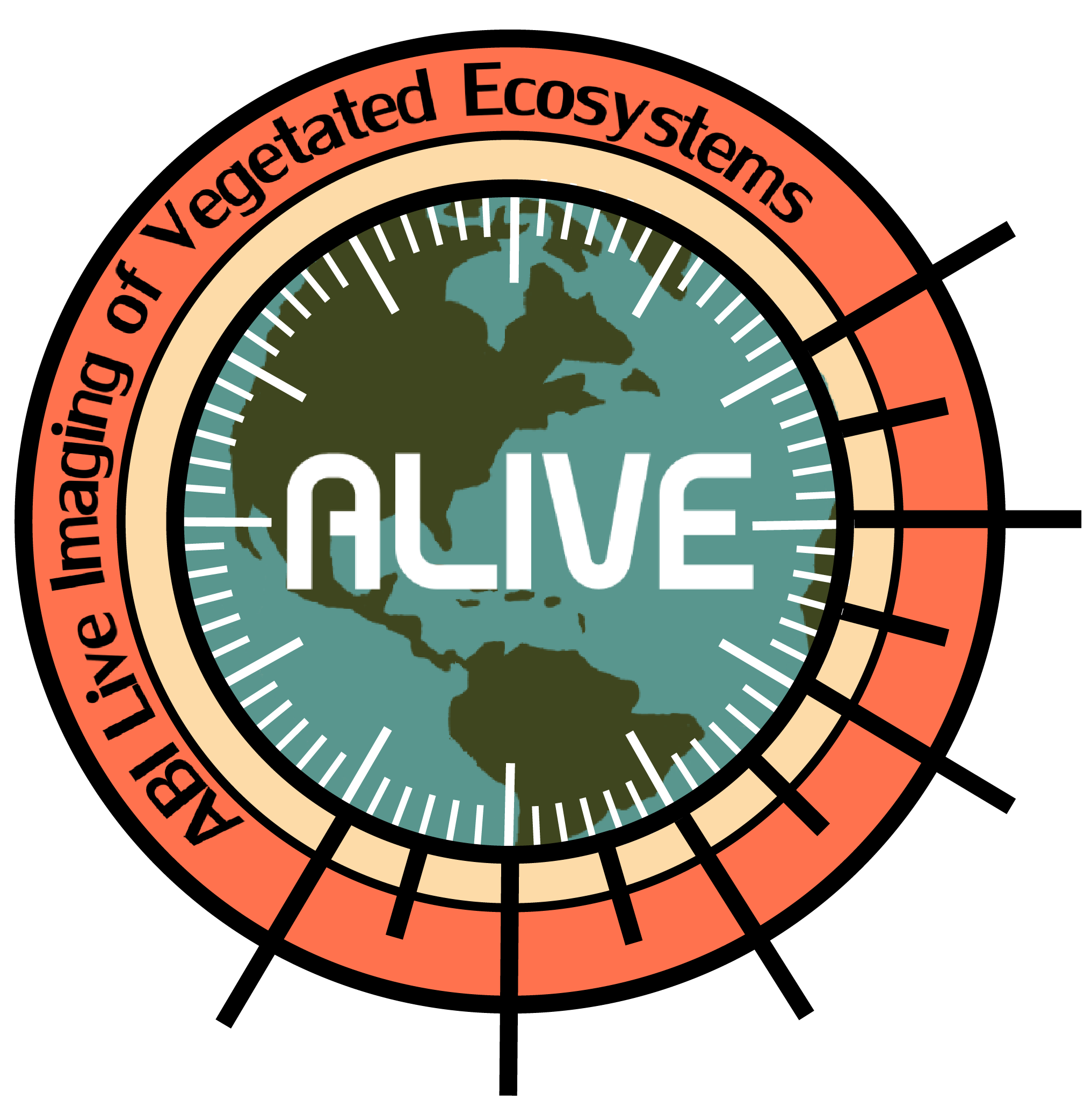Advanced Baseline Imager Live Imaging of Vegetated Ecosystems (ALIVE)
Estimating terrestrial carbon dioxide and water flux in real time from a geostationary platform.
Satellite remote sensing is central to our understanding of the terrestrial carbon cycle and its recent changes. We are working to estimate carbon fluxes in real time using geostationary "weather" satellites, especially GOES-R (the Geostationary Operational Environmental Satellite - R Series). All of our code is open access and uses open-access data, with recent outputs and results described here. We would love to collaborate, please get in touch!
This animation illustrates modeled latent heat flux (W m-2) across the conterminous United States and surrounds on September 18th, 2023. This gradient boosting model was trained on observed carbon fluxes from Ameriflux and NEON eddy covariance towers across the conterminous United States.
(Model credit: Danielle Losos and Sadegh Ranjbar)
Check out some of our other five-minute carbon and water flux estimates here!
Support for this research was provided by the University of Wisconsin - Madison Office of the Vice Chancellor for Research and Graduate Education with funding from the Wisconsin Alumni Research Foundation, as well as the National Science Foundation.
